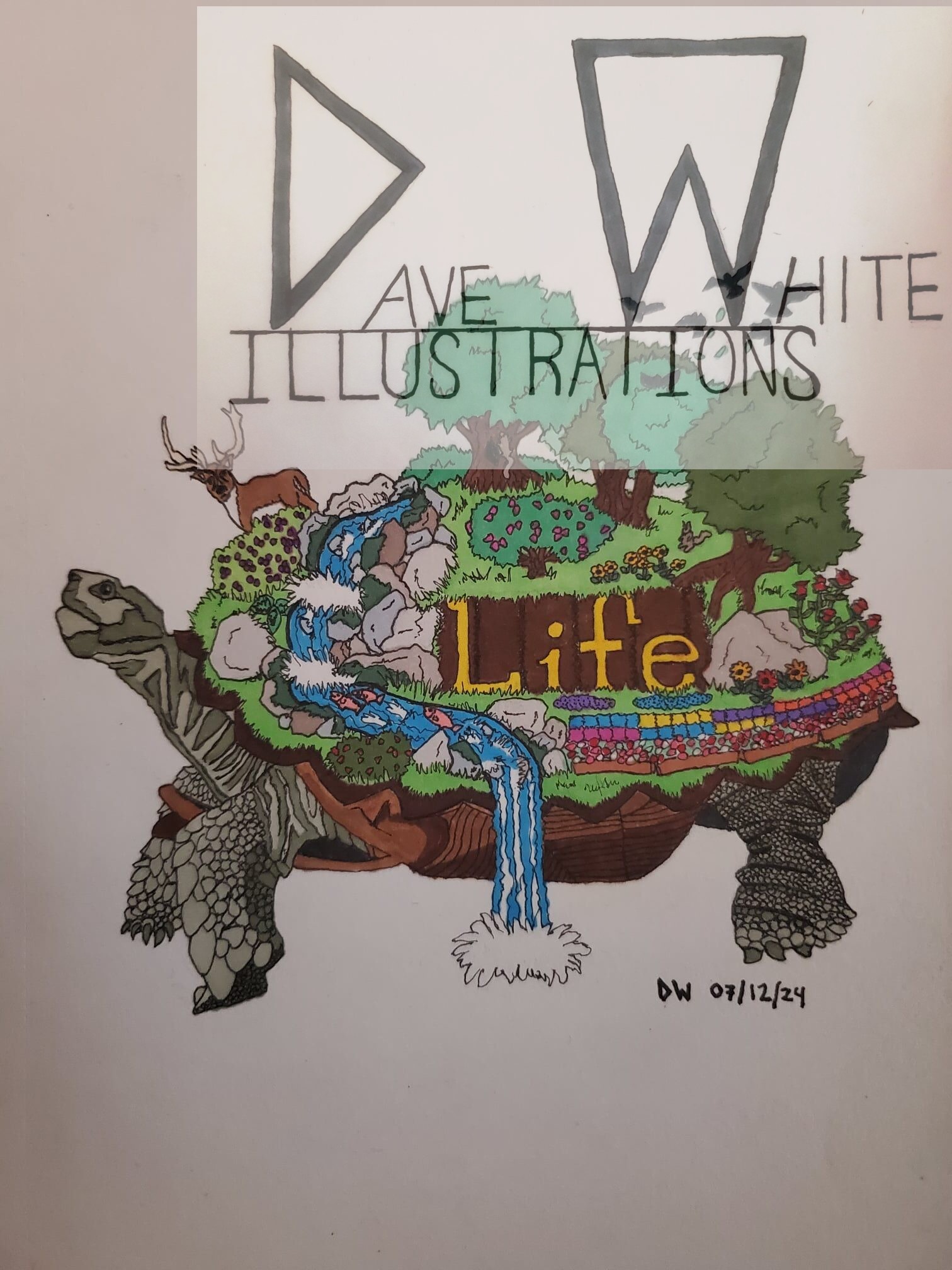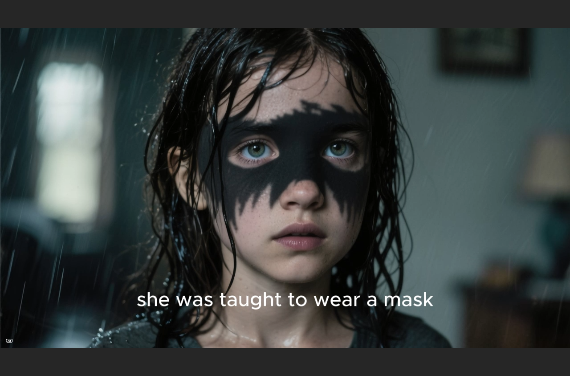The Brain’s Key to Memory, Language, and Emotion
The human brain is one of the most complex and fascinating structures known to science. It governs everything from our ability to communicate and form relationships to our ability to store memories and regulate emotions. Among its many specialized regions, the temporal lobe plays a fundamental role in shaping our perception of the world. This region of the brain is responsible for processing auditory information, comprehending language, forming and retrieving memories, and even associating emotions with past experiences (Carpenter & Huffman, 2013).
But what happens when this vital region is damaged? How does it integrate different types of sensory information? And why is it so crucial to our understanding of both the external world and our internal thoughts? To fully grasp the significance of the temporal lobe, we must explore its anatomy, functions, and role in cognition, memory, and language processing.
The Anatomy of the Temporal Lobe
The temporal lobe is located on the lower lateral portion of the cerebral cortex, situated beneath the lateral sulcus (Sylvian fissure) and extending toward the base of the brain. It is found in both the left and right hemispheres, and while the two sides work together, they each have distinct functional specializations.
Key Structures within the Temporal Lobe
Several critical structures reside within the temporal lobe, each contributing to different aspects of cognition, memory, and perception:
• The Auditory Cortex: This structure, located in the superior temporal gyrus, is responsible for processing sound. It detects pitch, tone, and rhythm, helping us distinguish between a familiar voice and background noise (McCormick et al., 2014).
• The Hippocampus: Perhaps the most well-known structure within the temporal lobe, the hippocampus plays a pivotal role in forming new memories, spatial navigation, and the consolidation of long-term knowledge (Behrmann et al., 2016).
• The Amygdala: This almond-shaped structure regulates emotional responses, particularly those related to fear, pleasure, and social interactions (Smallwood et al., 2016).
• Wernicke’s Area: Primarily located in the left temporal lobe, this region is essential for language comprehension. Damage to Wernicke’s area can result in Wernicke’s aphasia, a condition in which individuals struggle to understand spoken or written language despite being able to produce fluent but nonsensical speech (Carpenter & Huffman, 2013).
The right temporal lobe plays a greater role in recognizing faces, processing music, and interpreting nonverbal communication, while the left temporal lobe is more focused on language and logical analysis (McCormick et al., 2014).
Memory Formation: The Role of the Hippocampus
Without memory, we would have no sense of self, no ability to learn from past experiences, and no way to navigate our environment effectively. The hippocampus, located deep within the temporal lobe, is responsible for encoding and retrieving memories.
When we experience an event, the hippocampus processes sensory input and consolidates it into long-term memory. This is why damage to the hippocampus often results in anterograde amnesia, a condition where an individual loses the ability to form new memories while still retaining past ones (McCormick et al., 2014).
According to Smallwood et al. (2016), the hippocampus is also involved in spontaneous thought generation, meaning it plays a role in daydreaming, imagination, and future planning. This finding supports the idea that memory is not just about recalling the past but also about constructing possible future scenarios based on prior experiences.
Another critical function of the hippocampus is spatial memory and navigation. Research has shown that London taxi drivers, who rely heavily on their ability to memorize complex street maps, tend to have a larger hippocampus compared to the average person (Behrmann et al., 2016). This highlights the hippocampus’s ability to adapt and grow in response to cognitive demands.
Language Comprehension and the Power of Wernicke’s Area
Language is one of the most defining features of human cognition, allowing us to communicate, express emotions, and pass down knowledge across generations. The temporal lobe, specifically Wernicke’s area, is central to this ability.
Located in the superior temporal gyrus of the left hemisphere, Wernicke’s area enables us to understand spoken and written words. Damage to this region results in Wernicke’s aphasia, where individuals may speak fluently but struggle to understand language. Their speech may contain incorrect words, made-up terms, or jumbled sentences, yet they often remain unaware of their mistakes (Carpenter & Huffman, 2013).
The auditory cortex, also housed within the temporal lobe, processes speech sounds, allowing us to distinguish between different accents, tones, and pitches. When we hear a new language, our temporal lobe works to analyze patterns and recognize speech sounds unique to that language. This explains why exposure to multiple languages at a young age enhances language-learning abilities (McCormick et al., 2014).
Interestingly, the right temporal lobe also contributes to language processing, particularly in understanding metaphors, humor, and emotional tone. Studies have shown that individuals with right temporal lobe damage may struggle to interpret sarcasm, irony, or nonverbal cues, leading to miscommunications in social interactions (Behrmann et al., 2016).
Emotions and Social Behavior: The Amygdala’s Influence
The amygdala, nestled deep within the temporal lobe, serves as the emotional processing center of the brain. It is responsible for attaching emotional significance to memories, which is why highly emotional experiences tend to be vividly remembered (Smallwood et al., 2016).
One of the most striking examples of the amygdala’s role in emotional regulation comes from studies on individuals with amygdala damage. These individuals often display a lack of fear response, struggle with recognizing emotional expressions in others, and may engage in risky or impulsive behavior due to their diminished ability to process fear (McCormick et al., 2014).
The amygdala is also heavily involved in social interactions and decision-making. It helps us recognize facial expressions, detect emotional cues in speech, and form connections with others. In cases of social anxiety disorder or PTSD, the amygdala becomes hyperactive, leading to exaggerated fear responses and difficulty processing social interactions (Behrmann et al., 2016).
What Happens When the Temporal Lobe Is Damaged?
Since the temporal lobe governs so many essential functions, injuries or disorders affecting this region can lead to severe impairments. Some common effects of temporal lobe damage include:
• Memory loss (hippocampal damage)
• Language deficits (Wernicke’s aphasia)
• Hearing impairments or difficulty recognizing sounds
• Emotional disturbances, such as anxiety or aggression
• Difficulty recognizing faces (prosopagnosia)
• Seizures (often associated with temporal lobe epilepsy)
Studies suggest that neurodegenerative diseases such as Alzheimer’s begin in the temporal lobes, particularly in the hippocampus, leading to progressive memory loss and cognitive decline (McCormick et al., 2014).
The Temporal Lobe as the Bridge Between Perception and Reality
The temporal lobe is more than just a processing center for sound and language; it is the gateway to memory, emotion, and social understanding. Without it, we would struggle to recall the past, process the present, or imagine the future. It is the very foundation of human cognition, identity, and emotional experience—the bridge between perception and reality.
Understanding the temporal lobe’s function allows us to appreciate the intricacies of our own minds and underscores the importance of brain health in preserving the very essence of what makes us human.





Leave a Reply